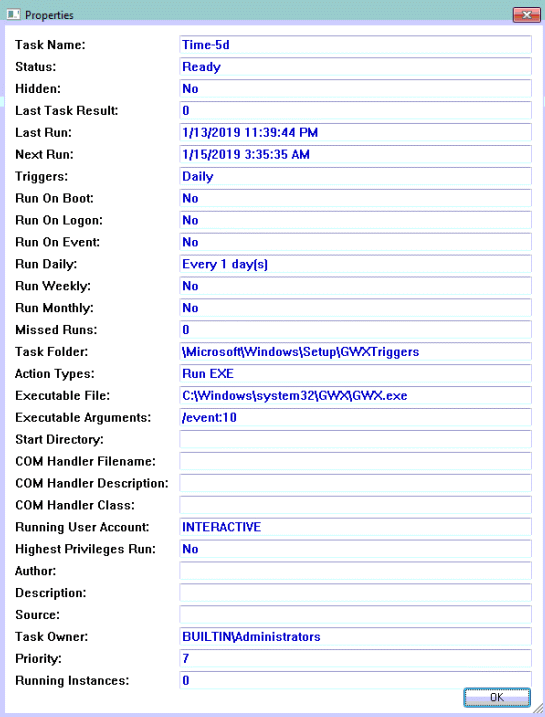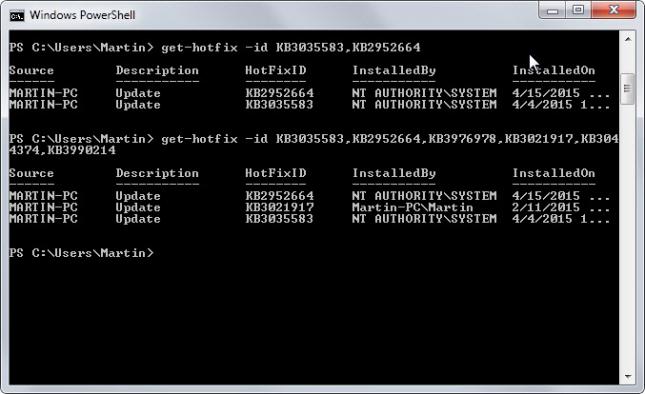

I respect people’s choice to take advantage of the free Windows 10 upgrade, & I also respect people who have a valid reason NOT to do so… HOWEVER, most of the people I’ve heard being terrified & annoyed at Microsoft’s offering Windows 10 to them seem to be misinformed… I will note that although I think Windows 10 is excellent on computers that are fast enough to run it, I understand that YMMV (Your Mileage May Vary) and opinions are like bellybuttons (everybody’s got one & they’re all different). Windows 8 has what is properly called the “Metro” apps & it’s most undesired feature is the “Start Screen” which replaced the “Start Menu”… Windows 10 brings back the “Start Menu” while also offering the “Start Screen” as an option…Įven if you’re running Windows 8, you don’t have to go without the “Start Menu” as you can install a third party app that provides that function. If it has been installed, uninstall and hide it I think you’re misinformed… Right-click KB3035583 and select Hide from the context menu. To hide an update, go to Control Panel\System and Security\Windows Update and view the list of Optional updates. If it has been installed, uninstall and hide it again. If, after hiding this update on your system you decided to let Windows automatically install Important updates from Microsoft, it is likely the update has been installed on your system (again). That’s the case with KB 3035583 not only has it received an update (thus unhiding it), it’s status as an ‘Optional’ update has been changed to ‘Important’. Updates that have been hidden can appear again if a new version of the same update is released.

Here’s how to hide the update and why it’s back. Unfortunately, the update is back and very likely to install itself again unless you hide it. To recover lost space, the folder had to be deleted and the updates responsible for the files had to be hidden so that they didn’t install again. It turned out to be KB 3035583 and one other update that were responsible for the used space it was downloading Windows files to a folder called $WINDOWS.~BT. Users suddenly found their main Windows drive short on 6GB with nothing to account for the used space. The update did something else though it also downloaded files to install Windows 10, regardless if you reserved a copy for it or not. It could check your system (hardware and apps) for compatibility with Windows 10 and allowed you to reserve a copy of the new operating system. It installed with an update and appeared in the system try. The push came in the form of an app called Get Windows 10.

Starting June 2015, Microsoft aggressively began to push Windows 10 to its existing users.


 0 kommentar(er)
0 kommentar(er)
